More than 30 years after the first smartphone was invented, nearly everyone carries one, most people are practically glued to them, and some folk can hardly wait until the day they can have smartphone technology surgically implanted in their bodies.
However you feel about smartphones, if survival is important to you and you often carry one, then you should learn how to use it to save your life.
Uses Provided Your Smartphone is Working
- Call for Help!
Provided your smartphone is working, you can use it to call for help, potentially ending a survival ordeal shortly after it begins.
- Relay Coordinates
Use your smartphone to give rescuers GPS coordinates, an address or a what3words location so they can find you.
- Flashlight
Pretty much all smartphones now have built-in flashlights. One guy with a small flashlight saved a large group of people during 9-11 by helping navigate dark stairwells obstructed by smoke and debris. A flashlight can help you find your way in the dark, find what you need to build a fire or see to build a shelter, so don’t underestimate the utility of the humble flashlight.
- Emergency Signal
Your phone’s screen can be used to reflect sunlight like an emergency signal mirror. Will Franzen fell overboard was able to signal a boat using his wristwatch as a signal mirror after treading water for 24 hours, so your smartphone will definitely get the job done. (Nightingale, 2024) If you have added an adhesive, scratch-resistant screen cover to your phone, you may need to pull it off and rub any adhesive off the glass to get a good reflection.
The phone’s flashlight feature can be used for emergency signaling at night. Just use an object to cover the light to make it appear to flash three long bursts of light, followed by three short ones and then three long ones. This will flash “SOS” in Morse code. Even if the person who sees the light doesn’t understand Morse code, signals in groups of threes is a universal distress signal. So anybody with an IQ above room temperature who sees a light flashing in groups of three should either investigate or alert the authorities.
If you have called for help and relayed your coordinates, let them know that you will attempt to signal using your cellphone as a signal mirror in the day or a light at night. Even with precise coordinates, rescuers often have difficulty locating survivors, so once they are in the general area, you commence “last mile signaling” to help guide them to you.
- Land Navigation
Smartphones have GPS and compass functions, making them first rate navigation tools. Just don’t get so dependent on using GPS to navigate that you stop noticing landmarks.
I’m not just being a crusty old survival writer here. More people are getting seriously lost since the proliferation of GPS than before it. Some of that is because there are more people, but some of it is because those people haven’t developed the synapses in their brains that help them intuit direction.
They are so dependent on staring at screens that they no longer pay attention to where they are going. Some of them don’t even bother to learn to use a map and compass. If that’s you, look up from your screen and start paying attention. Also realize that GPS is way more likely to tell to drive into a lake or off a cliff in the middle of the wilderness than in a metropolis. Pay attention accordingly.
- Monocular
Some cellphones have optical and/or digital zoom cameras, enabling them to see distant objects more clearly than with the naked eye. Using the digital zoom on the trail can tell you if that hiker is part of your part or not and enable you to scan his waist and hands for weapons.
- Magnifying Glass
Just as some cameras can be used as a monocular to see distant objects, they can also be used to magnify objects close up when the camera is switched to the correct setting, which is probably labeled “macro.” Using this setting, some smartphones can be used like a magnifying glass to find small slivers, eye particles or they can help us old folks read instructions that are too small to see.
- Take Photos and Videos.
Your smartphone’s ability to take photos and videos can be useful for many reasons, including identifying criminals, triage, and first aid. Your smartphone can be used to examine parts of your body you can’t see without a mirror so you can treat yourself. The camera can also be used to document injuries to determine whether they are getting better or worse or show injuries to a medical professional with whom you are communicating.
- Alert You to Danger!
Most phones can alert you to danger through Wireless Emergency Alerts without installing an app or subscribing to a service.
I was camping on Lake Powell one year, on Lone Rock Beach, and cell phones and radios (with NOAA All Hazard Weather Radio SAME technology) started vibrating and emitting the WEA tone and started squawking, warning of high winds.
The warning gave me just enough time to gather up every that wasn’t staked to the ground before a microburst came tearing through the beach. I’m no newbie to high winds or sandstorms on Lake Powell so our tents were staked down with sand hog stakes. When it was all over, my two Catoma CVCT VI tents were the only tents on the beach that weren’t in the lake. It broke some lines and poles on one of them and tore out a tie down. They are just tents after all, and tents are no place to be in a microburst.
If I had to do over again, I would have got my wife into the vehicle, because it scared her half to death, but the seconds or minutes that a WEA can give you can mean the difference between life and death. Decide what you are going to do in different situations ahead of time. Read the alert carefully, decide what you best move is, and do it.
- Digital Survival Library
Using your smartphone as a survival library can save you many more ways. It can provide you with survival manuals and reference material including first aid instructions, how to tie knots, how to start a fire, build a shelter, treat water, procure food and so on. Refernence material includes shelter in place instructions, how to build an improvised fallout shelter, decontamination instructions, repair manuals, and how-to instructions to survive the apocalypse.
Uses that Involve Destruction of the Smartphone
In some cases, it may be necessary to break a smartphone to use its components to save your life. You’ll have to make the call as to when to give up on trying to call for help and when to survive.
- Start a Fire
If you remove your cellphone’s battery, it can be used with a conductor such as wires from your headphones or charging cable to start a fire. The battery should produce some voltage even if your phone says it is at zero percent. That just means that it isn’t producing enough voltage to power your smartphones circuits and doesn’t necessarily mean that the battery is not producing any voltage, so be sure to give it a try even if your phone tells you the battery is at “zero percent.”
Batteries can also be used with steel wool or with incandescent flashlight bulb filaments to start a fire. If your battery is not producing enough voltage, but you have more than one battery available, batteries of the same voltage and capacity can be wired in series to increase the voltage produced by the circuit.
- Make a Cutting Tool
You can break your phone’s screen and use a sliver of it as a cutting tool. More expensive smartphones typically have glass screens and cheaper ones have plastic screens. You can make a cutting tool from either material, but glass is obviously going to be much sharper. Glass can also be pressure flaked into cutting tools, scraping tools and projectile points in much the same way our ancestors used obsidian and flint to make tools.
- Make a Compass?
Everybody reading this website probably knows that the magnet from a good pair of headphones can be used to magnetize a needle or similar ferrous object, which can be floated on a leaf and the north-pointing pole noted for use as a compass.
There are usually easier ways to determine where magnetic north is at, such celestial navigation. The permanent magnets in headphones are usually flat cylinder magnets. Smartphones usually have at least two speakers, one for phone calls and one in the bottom for audio, but their permanent magnets are covered by pole plates so the magnetic fields they generate do not affect other components in the smartphone.
So, if I needed to try to make a compass from my phone and I had headphones, I would focus on the permanent magnets in the headphones, not those in the smartphone speakers. But any ferrous metal object you magnetize will be very weak and affected by the slighted ripple or breeze. I would just learn to carry a compass or at least a pair of cylinder or rod magnets with the north pointing poles marked. The former are easily carried on a necklace or bracelet and look like beads.
- Make Cordage
The wire in headphone and charging cables can be used as cordage. Some cables even come in a fabric sheath like the kernmantle sheath on paracord. This can also be used as cordage. Or you can also make cordage from any article of clothing you are wearing.
- Make a Fishhook
Parts of your smartphone’s circuit board and plastic and/or metal body can sometimes be used to make fishhooks. At the very least, they can be used to make gorge hooks.
Accessories
Smartphone accessories are every bit as important as the device itself.
With accessories such as a battery bank with a solar panel and a universal charging cable, you can keep your battery charged as long as you can expose the solar panel to sunlight every couple of days.
References
Marlowe, T. (2023, October 11). HOw to Use Your Smarphone to Survive. Retrieved from survivalsullivan.com: https://www.survivalsullivan.com/using-a-smartphone-for-survive/
Nightingale, M. (2024, January 3). Will Franzen, Who Survived 24 hours in ocean after falling overboard off Coromandel Peninsula, describes ordeal. Retrieved from nzherald.co.nz: https://www.nzherald.co.nz/nz/will-fransen-who-survived-24-hours-in-sea-after-falling-overboard-describes-ordeal/CGQJRZQFQ5BDVHLO733TCF4RRU/
Schwartz, J. (2015, August 26). Saved By: A Cellphone. Retrieved from backpacker.com: https://www.backpacker.com/survival/saved-by-a-cell-phone/


























































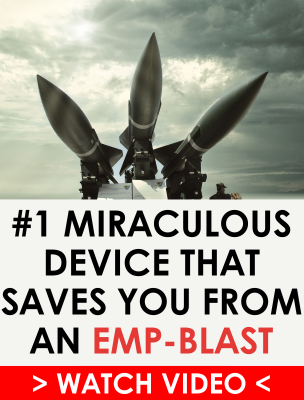
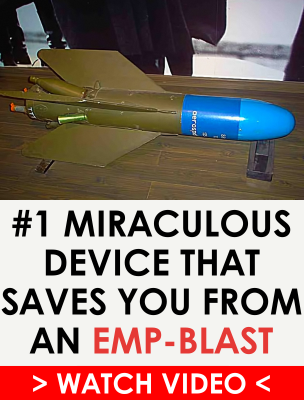
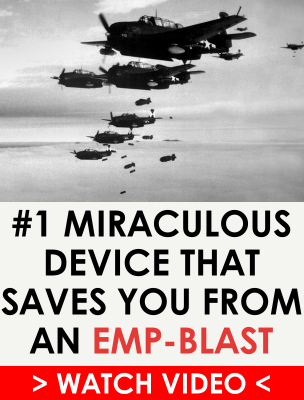

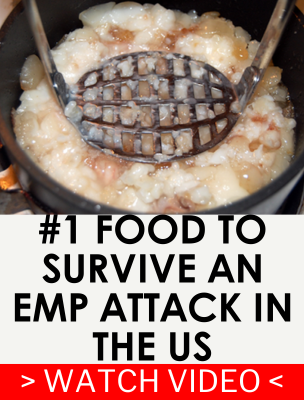


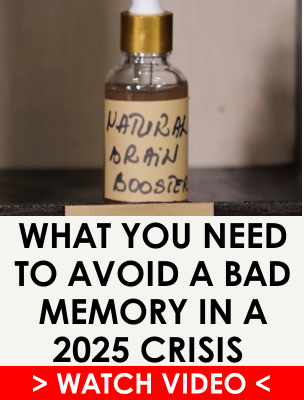
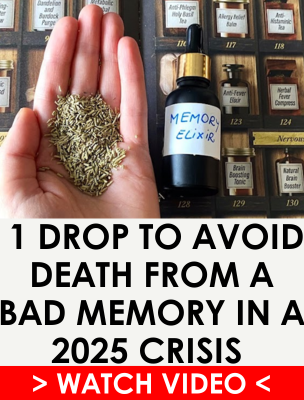





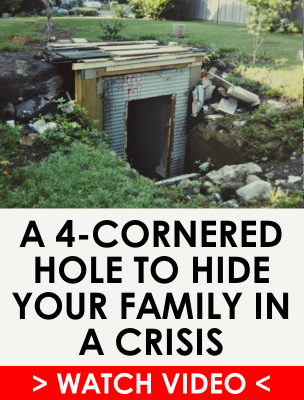

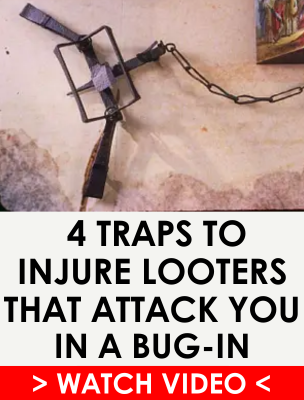
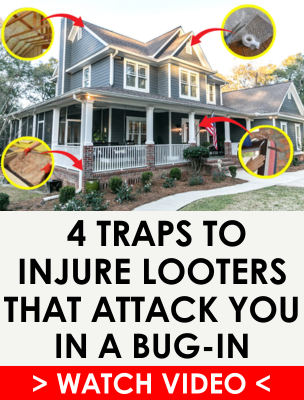










There is a lot of info in there, thanks, but on the humorous side your morse code spells OSO 😉 . But of course as you say, just a flashing light would alert any searchers.